Polyester fabric is in nearly every aspect of modern textiles. You can find it from your workout gear to your living room curtains. This synthetic material begins as petroleum-based chemicals, specifically PTA and MEG. These chemicals undergo complex polymerization to form long-chain molecules.
You might think of polyester as just another synthetic material. However, its molecular structure and manufacturing process create unique properties that have revolutionized the textile industry. Let's explore what makes this versatile material so remarkable.
Key Takeaways
- Polyester is made through chemical reactions between PTA and MEG. It was first developed by British chemists in 1941.
- It's the world's most popular synthetic fiber. It accounts for over 50% of global fiber production in clothing and textiles.
- The fabric is famous for exceptional durability, wrinkle resistance, and quick-drying properties.
- Polyester is non-biodegradable and releases microplastics during washing, raising environmental concerns.
What Is Polyester Fabric? History and Production Process
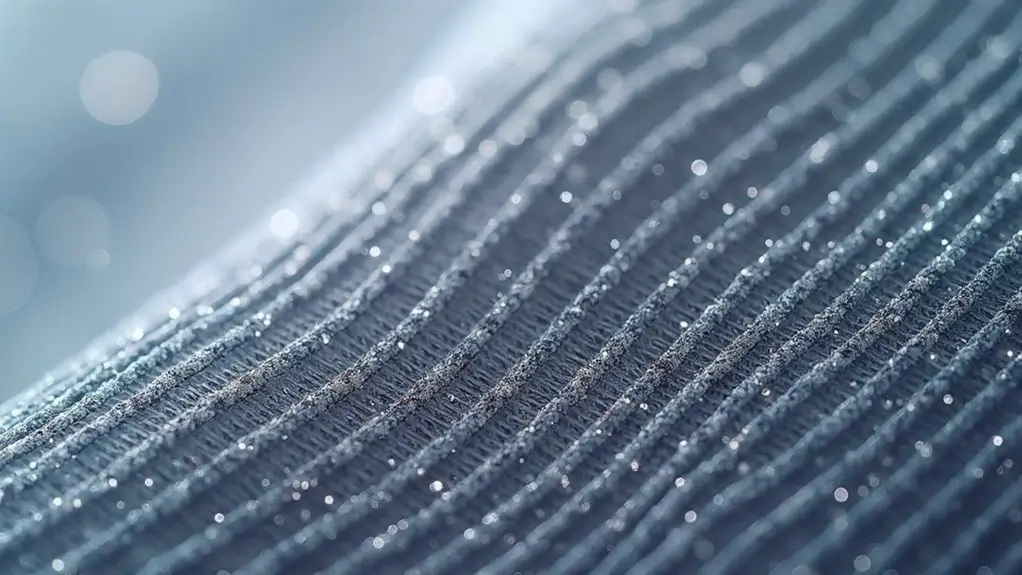
Polyester is a synthetic fabric known for its durability and versatility. It's a popular choice in various applications. Let's first discover its origins and production process.
History of Polyester
British chemists John Rex Whinfield and James Tennant Dickson revolutionized the textile industry. They invented polyester fabric in the early 1940s. Their innovative work with PET formed the basis of modern synthetic materials.
Polyester's commercial success truly emerged when DuPont introduced it to the United States in the 1970s.
This petroleum-based fabric is made through a complex polymerization process. It involves ethylene glycol and terephthalic acid. It has become the dominant fiber in global production.
Production Process of Polyester
The process of making polyester fabric begins with the polymerization of two main chemical compounds. These are purified terephthalic acid (PTA) or dimethyl terephthalate (DMT) combined with monoethylene glycol (MEG).
During polyester production, these materials undergo high-temperature polycondensation reactions. This process forms polyethylene terephthalate chains. The resulting polymer is then extruded and spun into synthetic fibers. These fibers can be made into staple fibers or continuous filaments for textiles.
Polyester's manufacturing process isn't limited to virgin materials. Melting can produce recycled polyester and reform PET bottles into new fibers. But the entire process remains energy-intensive. It still consumes substantial crude oil resources to create polyester.
4 Common Types of Polyester Fabric
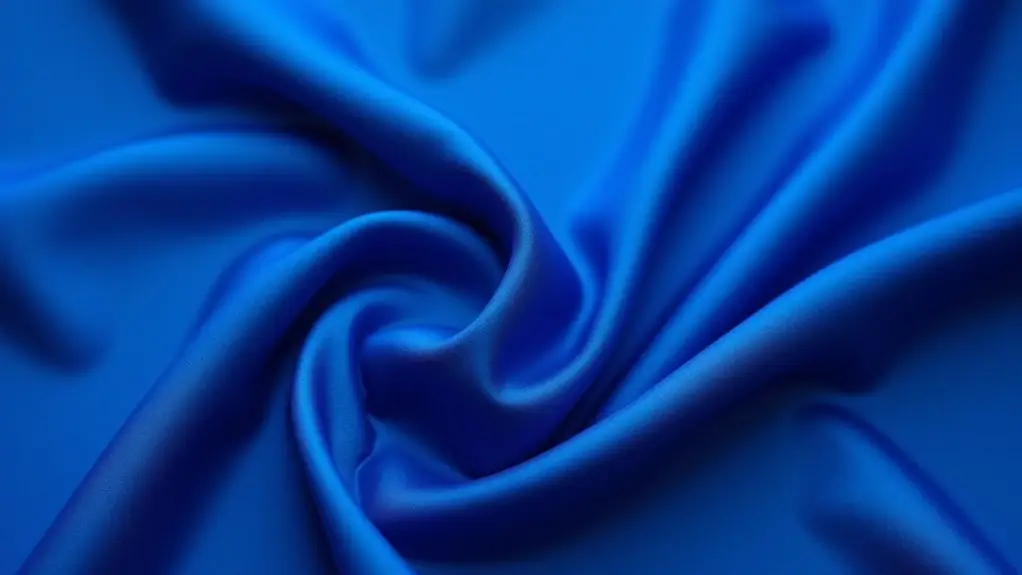
Several distinct types of polyester fabric dominate today's fabric market. Each type is made for specific applications and performance characteristics:
- Traditional PET polyester is the most common synthetic fiber. It offers exceptional durability and cost-effectiveness.
- PCDT polyester provides enhanced elasticity. This makes it ideal for upholstery and heavy-duty applications.
- Plant-based polyester is an environmentally friendly option. But it's typically more expensive and less durable than conventional options.
- Polyester blends combine synthetic fibers with natural ones. They enhance comfort and performance while maintaining durability and wrinkle resistance.
Popular Uses of Polyester Fabric
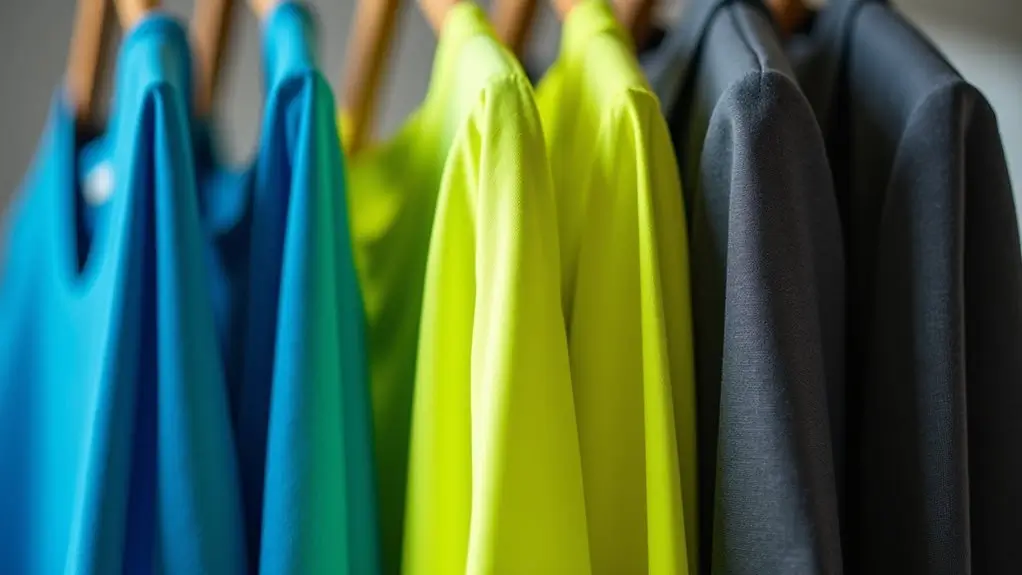
Polyester fabric dominates the clothing industry, from everyday apparel to specialized sportswear.
Clothing and Apparel
Polyester is used in modern clothing and apparel manufacturing. This material accounts for more than 50% of global fiber production.
You'll find polyester fiber in shirts, trousers, jackets, and activewear. This is due to its exceptional durability and moisture-wicking properties.
When blended with natural fibers, polyester creates comfortable garments for casual and formal wear.
The fabric's wrinkle-resistant nature means your clothes maintain their shape with minimal care. Meanwhile, its superior color retention keeps designs vibrant through repeated washing.
Home Textiles
Polyester is also dominating the home textiles market. You can often see it through diverse bedding, curtains, and upholstery applications. This is owing to its exceptional durability and easy maintenance.
This versatile material comes in various textures, from luxurious satin to cozy fleece. It meets both aesthetic and functional requirements.
The stain-resistant properties of polyester make it ideal for high-traffic home textiles. When blended with natural fibers like cotton, polyester enhances the fabric's performance while maintaining comfort.
Its quick-drying properties are helpful for towels and other moisture-holding items. This reduces drying time and saves energy in household chores.
Industrial Applications
Three key sectors showcase polyester's industrial dominance: transportation, infrastructure, and protective equipment.
Polyester fabric's durability is extensively utilized in automotive applications. It reinforces tires, strengthens seat belts, and enhances airbag performance.
In infrastructure projects, polyester geosynthetics are vital for soil stabilization, drainage, and erosion control.
The fabric's moisture-wicking properties make it invaluable in protective gear and uniforms. Its high tensile strength also serves industrial needs through conveyor belts and heavy-duty ropes.
Advantages and Disadvantages of Polyester Fabric
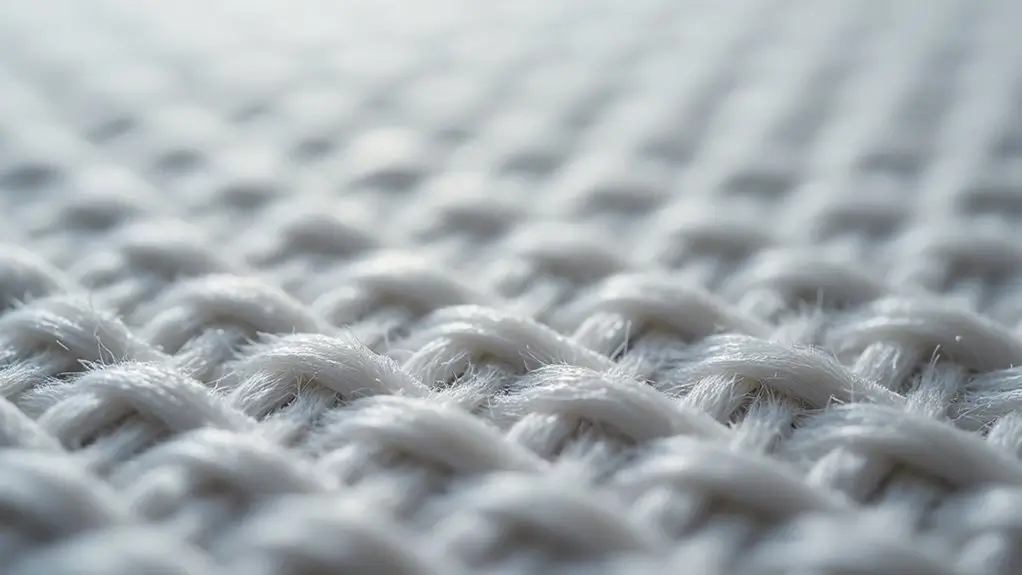
When choosing polyester, you'll see major benefits like high durability, great color retention, and moisture-wicking features. But you'll need to weigh the drawbacks, too.
Advantages
Polyester's remarkable properties make it a top choice in the fabric industry:
- As a synthetic fabric, it offers exceptional durability that surpasses many natural fibers.
- Polyester is resistant to wrinkling and maintains its shape even after repeated washing.
- The advantages of polyester extend to its quick-drying capabilities and moisture-wicking properties. This makes it ideal for athletic wear.
- While its environmental impact raises concerns, polyester's cost-effectiveness makes it commercially appealing.
- You'll appreciate its lightweight nature and color retention through multiple washes. This explains why this durable synthetic remains dominant in modern fabrics.
Disadvantages
Despite its widespread popularity, synthetic polyester presents several notable drawbacks:
- Polyester is less breathable than natural fibers. This may cause heat retention and sweat accumulation.
- Its low moisture absorption leads to trapped moisture against your skin. This will cause unpleasant odors that need frequent washing.
- You may notice that the fabric tends to create static electricity. It'll develop unattractive pilling over time.
What's the Environmental Impact of Polyester Fabric?
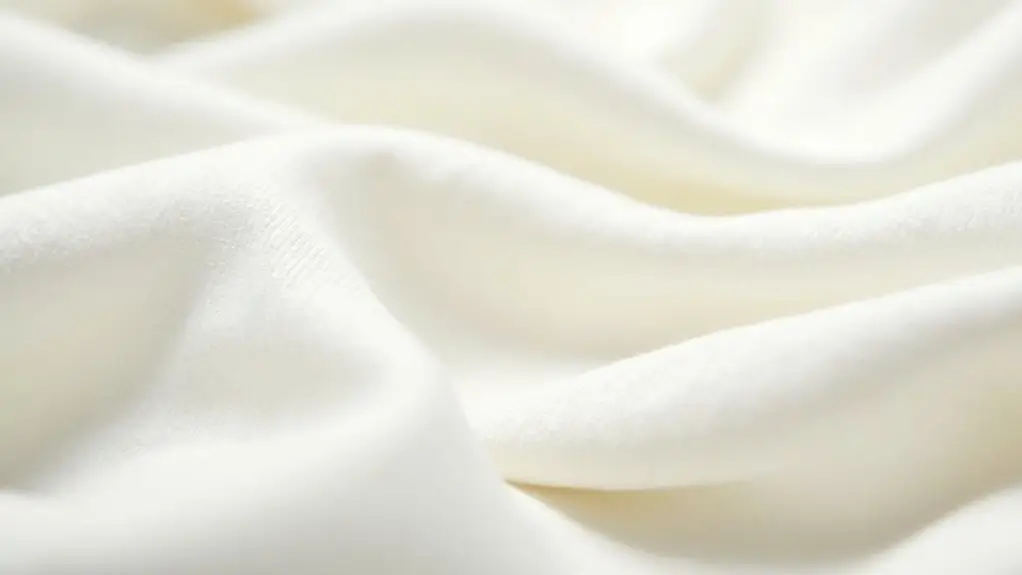
The widespread use of polyester has significant environmental impacts throughout its lifecycle.
Its production uses around 100 million barrels of crude oil each year. The textile industry accounts for 70% of polyester-related oil consumption.
As a non-biodegradable material, it contributes greatly to plastic pollution. It'll release harmful microplastics during washing cycles.
Recycled polyester offers a partial solution. But it doesn't remove the core issues of energy-intensive processing and microplastic shedding.
The fabric's tendency to keep odors compounds its environmental impact. Frequent washing requires increased water usage.
How to Care and Maintain Polyester Fabric
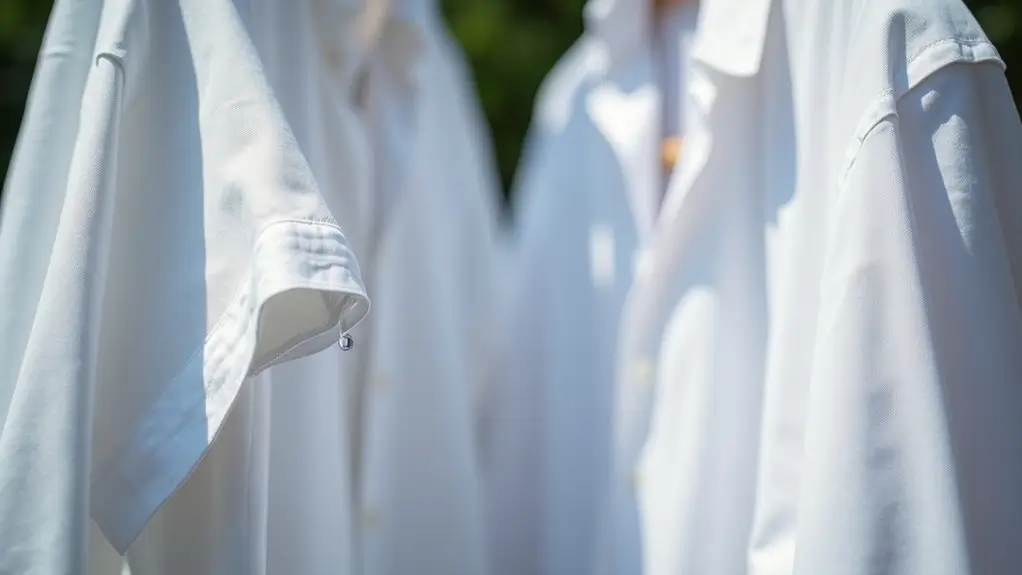
Proper care techniques can extend your polyester garments' lifespan. It can also help reduce their ecological footprint.
To maintain your polyester items, wash them in warm water with mild detergent. Avoid harsh chemicals or bleach that can damage the fibers. When treating stains, apply a vinegar-water solution or appropriate stain remover before washing.
For ideal maintenance, tumble dry on low heat or air dry to prevent pilling and fiber degradation. Remove items promptly from the dryer to reduce wrinkles.
These care practices will help preserve your polyester garments' appearance and durability.
Unique Innovations in Polyester Fabric
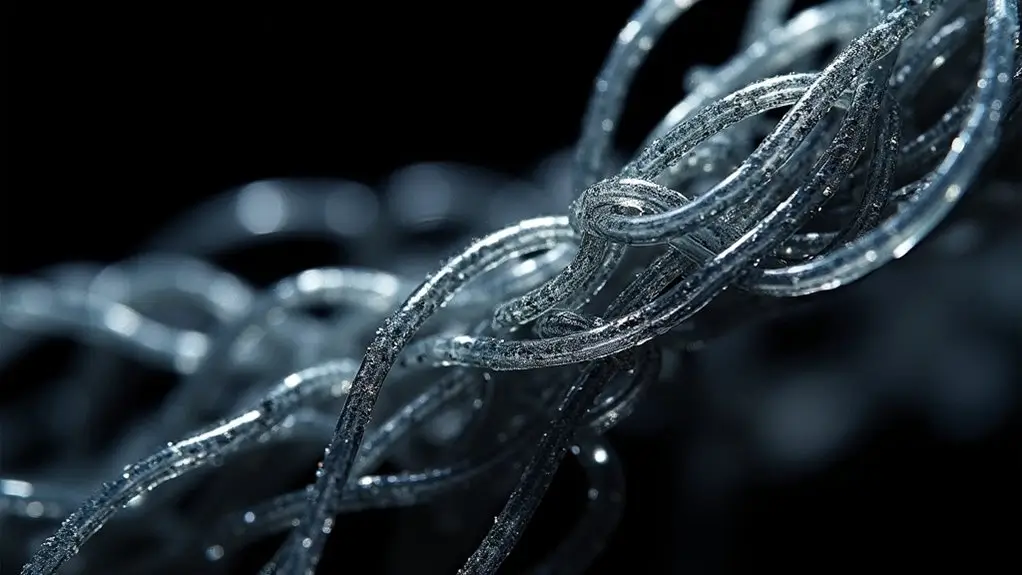
Modern innovations in polyester have revolutionized its performance capabilities and environmental impact.
Advanced moisture-wicking treatments enhance sweat evaporation. It can keep you dry during intense activities.
Sustainable processes in dyeing technology reduce water and energy usage. Meanwhile, the fabric maintains color vibrancy.
Plant-based polyesters offer biodegradable alternatives to traditional petroleum-based fabrics. Recycled polyester (rPET) promotes circularity by utilizing post-consumer plastic waste.
The integration of antimicrobial properties helps combat odor and bacteria growth. This is particularly beneficial in athletic wear.
These innovations show polyester's evolution from a basic fabric to a high-performance, environmentally conscious material.
Conclusion
Polyester's versatility and durability make it a dominant force in today's fabric industry. Its applications expand beyond traditional clothing into specialized technical fabrics and sustainable innovations.
Although environmental concerns remain, recycling technologies and eco-friendly production methods are improving to reduce polyester's impact. You should consider these factors when choosing polyester products for your specific needs.
Learn more fabric knowledge on the Longan Craft Blog, and dive into the fabric world with Longan Craft!
FAQs
Is Polyester a Good Quality Fabric?
Polyester's durability, wrinkle resistance, and moisture-wicking properties make it a high-quality synthetic fabric. It's cost-effective and maintains its shape well. But it's not as environmentally friendly as natural fibers.
Which Is Better Cotton or Polyester?
You'll find that neither is universally "better" - each has distinct advantages. Cotton offers breathability and biodegradability, while polyester provides durability, moisture-wicking, and color retention. Choose based on your specific intended use.
What Does Polyester Feel Like?
You'll feel polyester's smooth, soft texture against your skin. It's lightweight and breathable with a consistent shape that won't wrinkle easily. While it's less breathable than natural fibers, it keeps you warm.

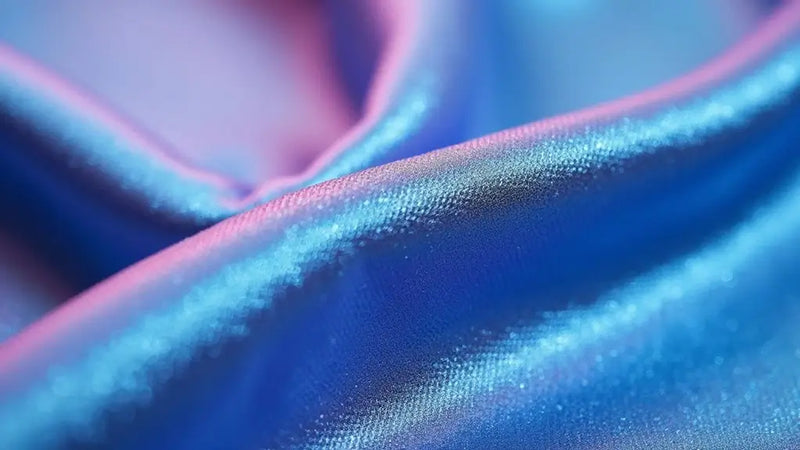
0 comments